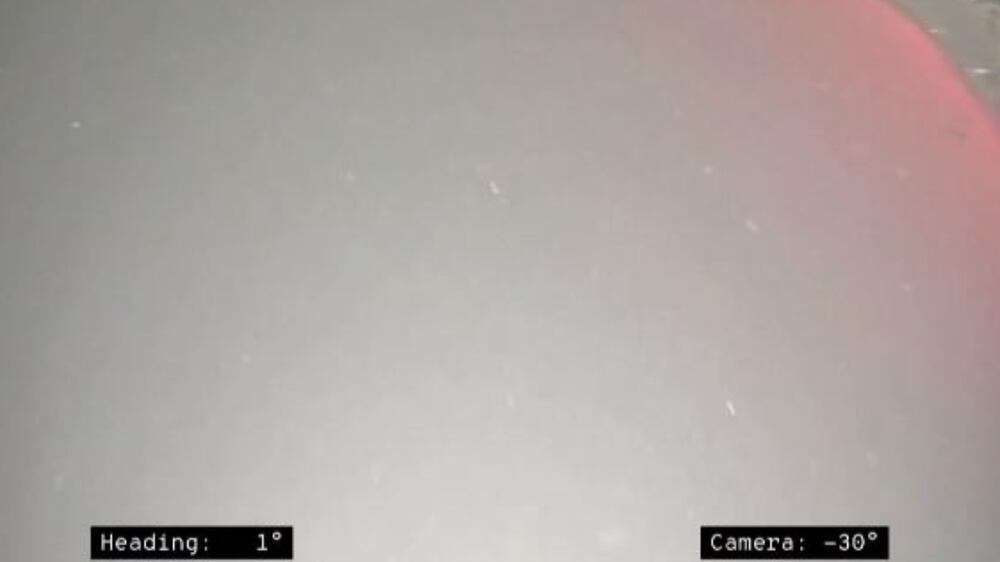The extent of the damage explosions caused to the Nord Stream 1 pipeline last month has been revealed by submersible drone footage.
The Baltic Sea blasts caused four leaks to the line, which carries gas from Russia to Europe. The video taken by Norwegian company Blueye Robotics showed the carnage, with both a huge tear and mangled metal clearly visible.
In total, 50 metres of pipe have been destroyed, some of it completely missing or the rest buried under the sea bed.
"It is only an extreme force that can bend metal that thick in the way we are seeing," Trond Larsen, a Blueye Robotics drone operator with the Norwegian company told Danish newspaper Expressen.
He said the explosions had made "a very large impact on the seabed around the pipe".
Although the decimated section of pipe is in international waters, two of the explosions fell in the Sweden economic zone and two in the Danish one.
Danish power and gas grid operator Energinet has expedited inspections of its own pipelines in light of the damage caused to Nord Stream 1 and 2, but on Tuesday said it has found no irregularities to date.
"Energinet has advanced routine inspections of Danish pipelines," head of gas transmission Peter Hodahl told Reuters.
The transmission system operator is also constantly monitoring pressure in the pipes to detect any errors, he added.
The review of all Danish pipelines, which is carried out by specialist vessels, is expected to be completed this week, with results known by the start of November.
"We have not observed anything abnormal at this stage," said a spokesperson.
Denmark is not alone in attempting to shore up its energy infrastructure. From Norwegian energy installations to German power lines, European states have raced to protect theirs after blaming the Nord Stream leaks on sabotage.
Dwindling flows of gas from Russia, which once supplied 40 per cent of Europe's needs, have left the EU struggling to unite over how to respond to surging prices that have deepened a cost-of-living crisis for families and businesses.
The European Commission was expected to propose on Tuesday that the EU design a "last resort measure" for a temporary "maximum dynamic price" on gas trades at the Title Transfer Facility Dutch gas hub, which serves as a benchmark price for European gas trading.
Other EU gas trading hubs would be linked to this price through a "dynamic price corridor", according to a draft document, which could change before publication. The measure would not launch immediately but would require a separate EU proposal and approval from EU countries to go ahead.
The EU package is unlikely to placate all 27 EU countries, whose leaders will discuss the proposals at a summit on October 20 to 21. Most EU countries have urged the Commission to propose a gas price cap, but disagree on its design.
Germany, the EU's economic powerhouse, and other wealthier states have opposed gas price caps, which they say could hamper gas purchases and discourage energy savings.
The draft document also said EU energy regulators would be charged with developing a new LNG price benchmark by the end of March, while Brussels would launch a "tool" for EU countries to start jointly buying gas.
LNG imports by ship to Europe have surged as governments have raced to find alternative gas supplies around the world, seeking to wean themselves off Russian deliveries.






